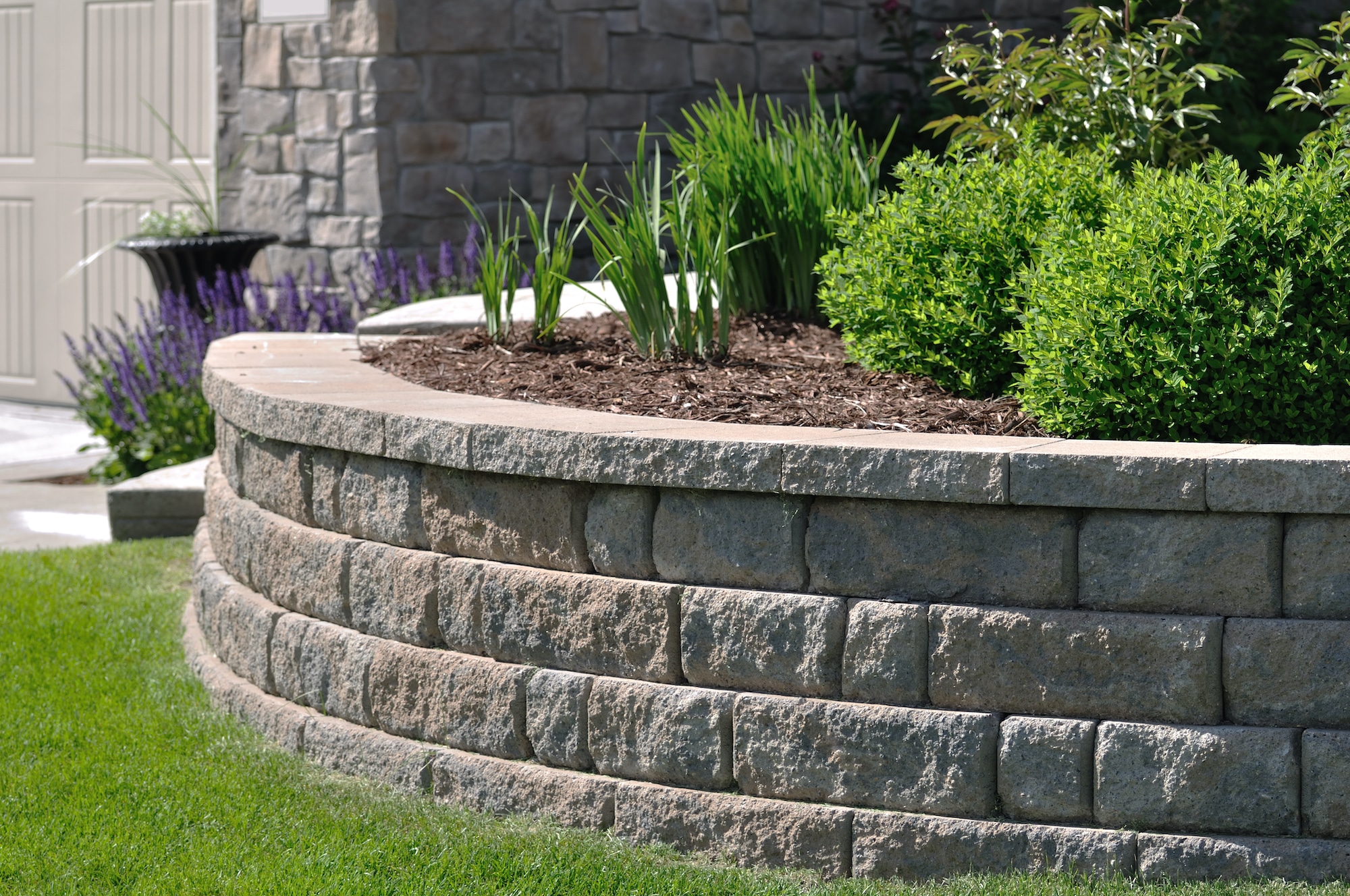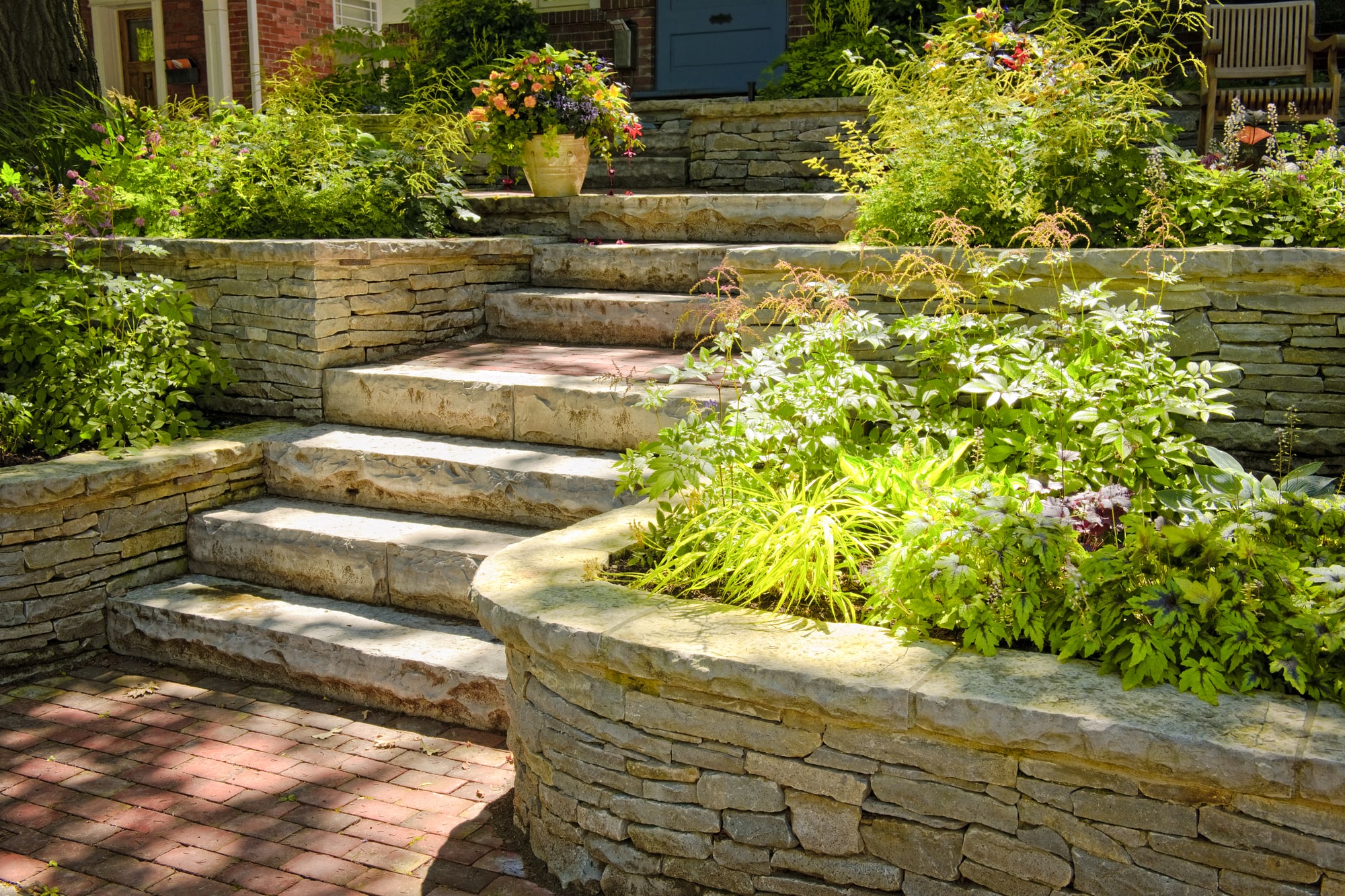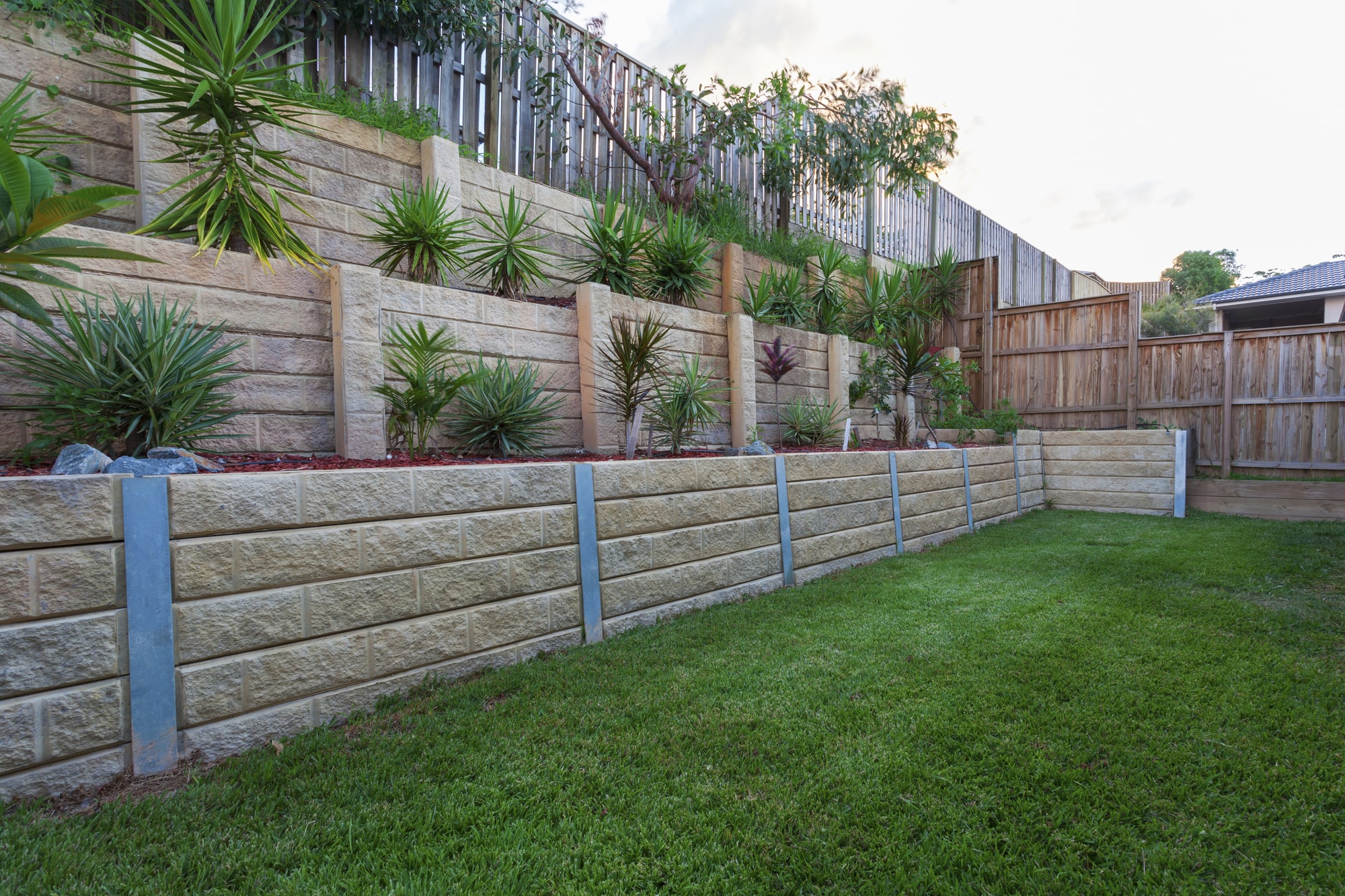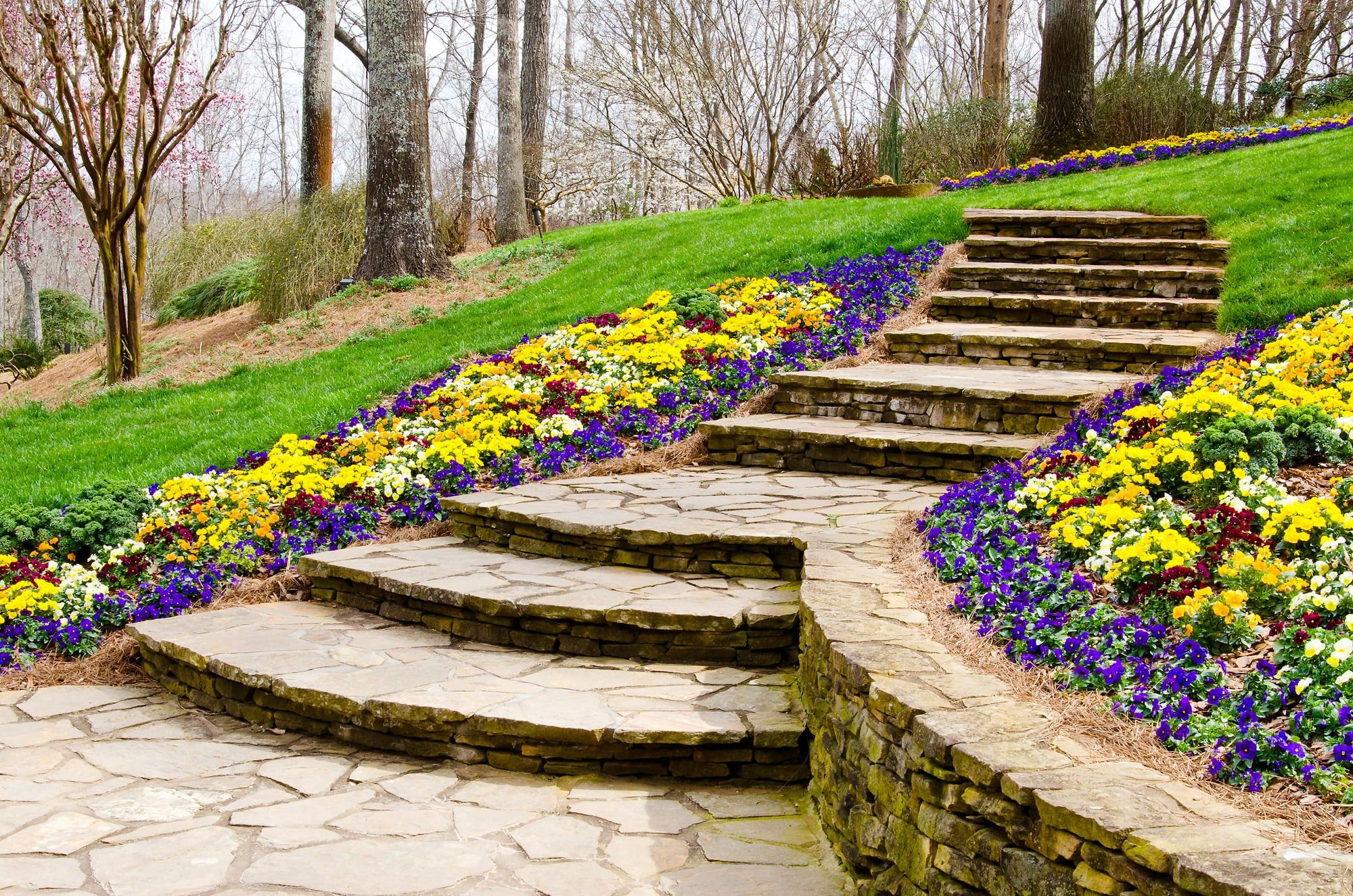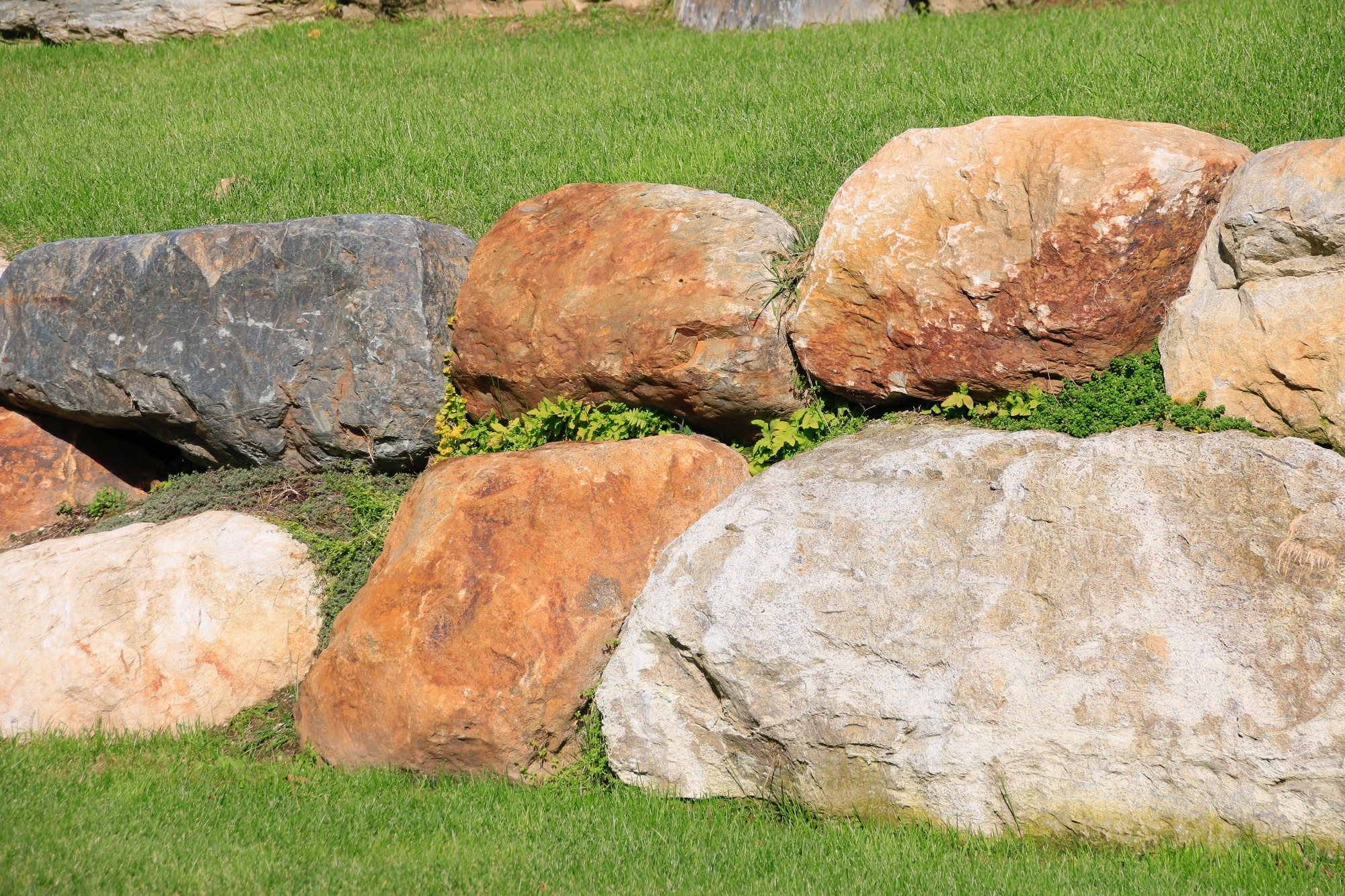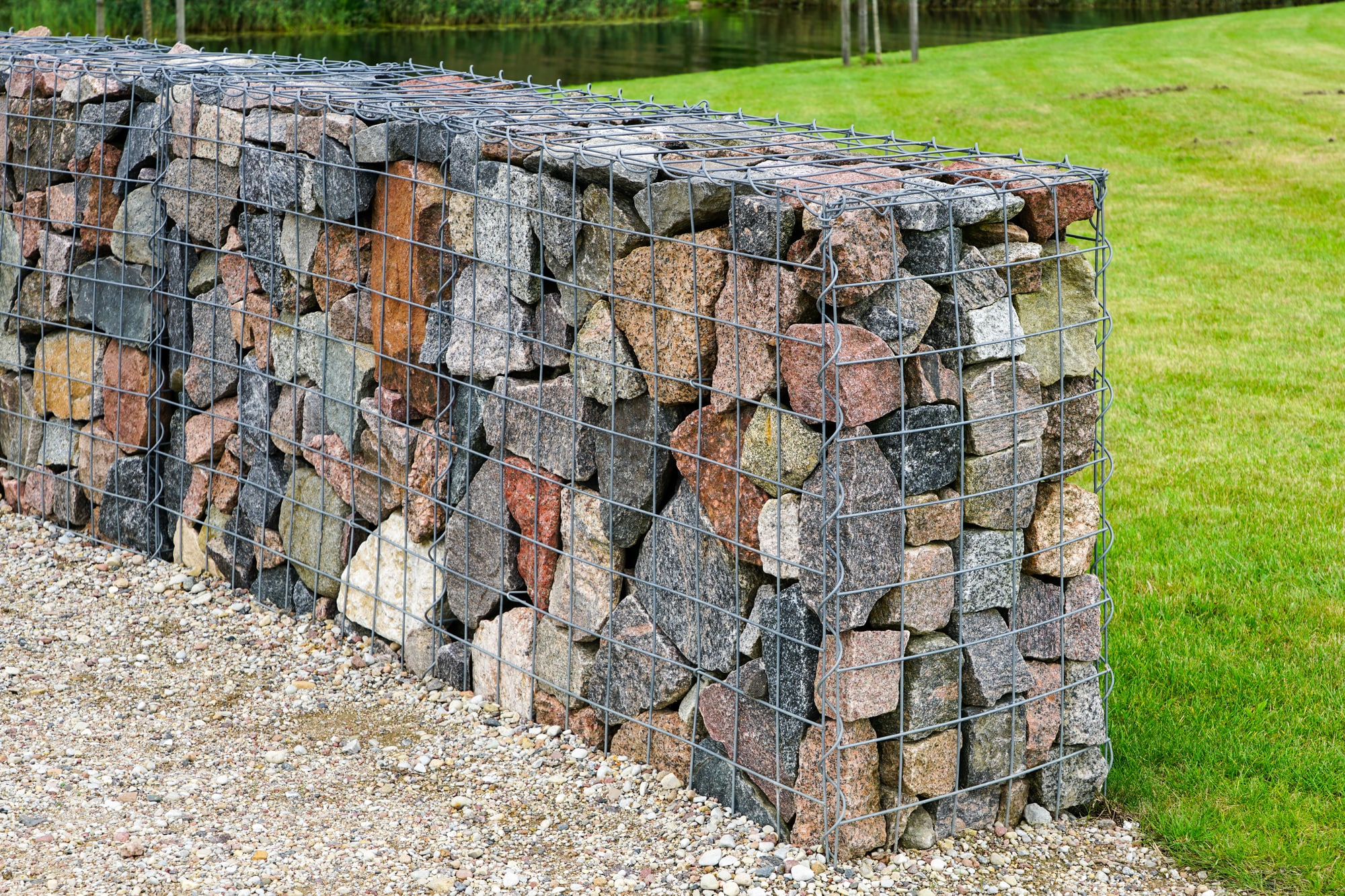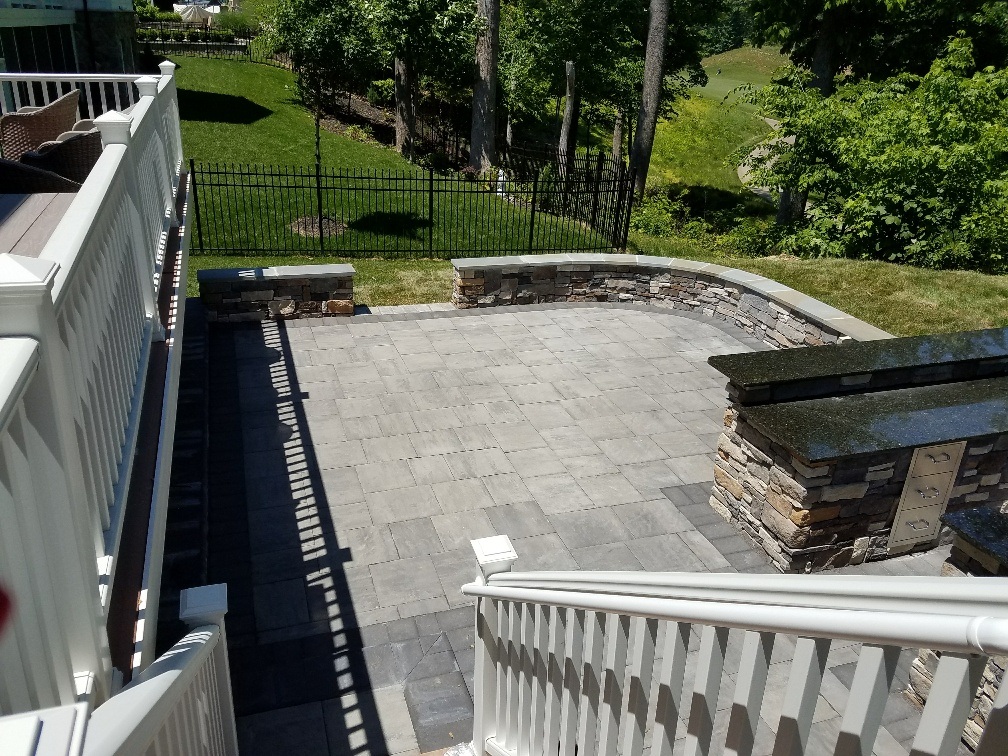You’ve probably seen thousands of retaining walls in your lifetime, but you might not have ever considered what one is. Businesses, schools, and homes take advantage of its ability to improve and protect landscaping. If you’ve ever wondered about retaining walls and their purposes, read on to get the details. Plus, learn how one of these walls can benefit you and whether your property needs one.
What Is a Retaining Wall?
A retaining wall can prevent movement in the ground that occurs naturally as a result of erosion. If you install retaining walls on a sloped area in your yard, you can create flower beds, build a pool or make use of the new flat space any way you choose. Retaining walls make fantastic unconventional seating areas, and they look stunning as standalone features.
How Retaining Walls Work?
Retaining walls are structures that serve an essential function in preventing soil erosion and holding back soil. They work by using their weight and the force of gravity to lean into the soil they retain, distributing pressure evenly. The wall is built with a slight angle, known as a batter, to ensure that it leans into the ground it is retaining. This helps to distribute the pressure evenly along the length of the wall and prevents it from collapsing. Retaining walls can be constructed using various materials, including poured concrete, brick, crushed stone, and wood.
The design of a retaining wall depends on factors such as the type of soil, the height of the wall, and the slope of the land. Other techniques such as drainage systems and anchors can also be used to help prevent erosion. It is essential to work with a professional engineer or contractor to ensure the proper design and installation of retaining walls for long-lasting support and protection against soil erosion.
Retaining walls can also provide aesthetic appeal and add functionality to outdoor spaces. They can be used to create level surfaces or add terraced areas to a landscape, improving the usability of a property.
What Are the Benefits of a Retaining Wall?
- Fight Gravity: The main benefit of a retaining wall is to offset the lateral force of a sloped area of land. Plus, you can use them to create level space in the yard to make landscaping easier.
- Ornate Seating: Depending on where the retaining wall structure is located in your outdoor space, it could become a hub for chilling and chatting.
- Manages Rain Flow: A retaining wall can help slow down the flow of rainwater. You can use this to your advantage to exercise greater control over how much water your lawn or flower beds get.
Who Needs a Retaining Wall?
There are three main reasons you might choose to install a retaining wall in Virginia.
- If a sliding hill threatens your home’s foundations, a retaining wall could prevent this from being a severe threat. If you have a downhill foundation, soil can wash away from it, and if you have an uphill foundation, erosion from a slope could be compacting it. Either way, retaining walls are usually the soundest structural solution.
- People whose homes are on a downhill slope from soil fault lines are at a significantly enhanced risk of suffering from erosion. Even if there’s no current risk, an event such as an earthquake could cause the land to slide away from fault lines and cause you big trouble. In these instances, retaining walls offer peace of mind as well as stability.
- Downhill erosion is the most common reason people choose to install retaining walls on their property. If erosion materials are blocking critical areas within your property, we’d recommend getting at least one as soon as possible. They minimize erosion by leveling the angle of slopes to hold back the soil.
Are There Different Types of Retaining Walls?
There’s a range of styles you can choose from when you decide to build a retaining wall in your yard. Some of the most popular wall types include:
Gravity retaining walls
A gravity retaining wall relies on its own weight and mass to resist the lateral pressure of the soil behind them. They are typically made of heavy materials such as concrete block, stone, or masonry, and are commonly used in residential and commercial landscaping to create level areas on sloped terrain.
Cantilever walls
Cantilever walls are a type of retaining wall that uses a reinforced concrete slab to resist soil pressure, providing an efficient and cost-effective solution for stabilizing slopes and preventing erosion.
Gabion retaining walls
Gabion walls consist of wire baskets filled with rocks or other materials, creating a permeable and environmentally friendly structure that can withstand high lateral forces and support heavy loads.
Crib retaining walls
Crib walls are made up of interlocking wooden or concrete blocks that are stacked to create a stable and durable retaining structure, suitable for retaining soil in steep terrain or along riverbanks.
Anchored retaining wall
Anchored walls are designed with a series of cables or rods that extend into the soil behind the wall, providing additional support and preventing the wall from overturning or sliding. This type of wall is commonly used for tall structures or in areas with poor soil conditions.
Get a Quote for a Retaining Wall Today
If you think your property could benefit from the inclusion of retaining walls, call Prince William Home Improvement today at 800-799-7944.

